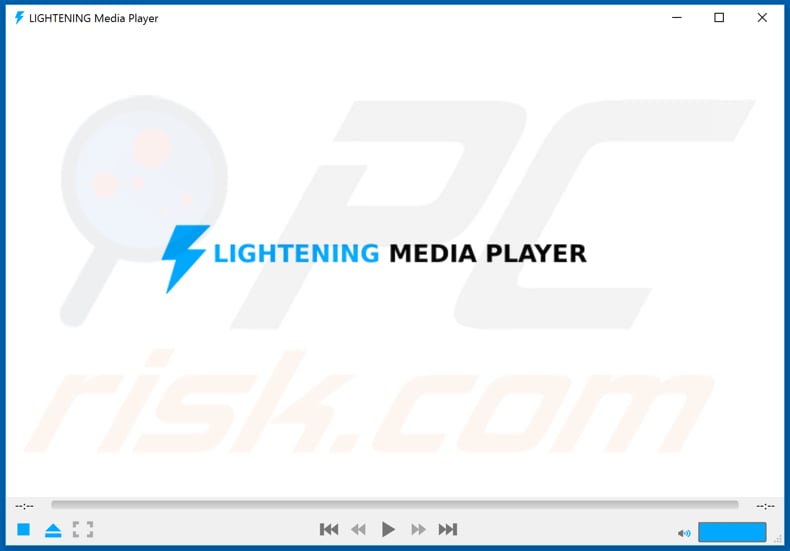How To Install Windows Media Player Html5 Extension For Chrome
MICROSOFT SOFTWARE LICENSE TERMSMICROSOFT WINDOWS MEDIA PLAYER HTML5 Extension for ChromeThese license terms are an agreement between Microsoft Corporation (or based on where you live, one of its affiliates) and you. Please read them.
They apply to the software named above, which includes the media on which you received it, if any. The terms also apply to any Microsoft.updates,.supplements,.Internet-based services, and.support servicesfor this software, unless other terms accompany those items. If so, those terms apply.BY USING THE SOFTWARE, YOU ACCEPT THESE TERMS. IF YOU DO NOT ACCEPT THEM, DO NOT USE THE SOFTWARE.If you comply with these license terms, you have the rights below.1.INSTALLATION AND USE RIGHTS.a.Installation and Use. You may install and use any number of copies of the software on your devices.b.Third Party Files. The software contains files that are subject to the Netscape Public License Version 1.1 (the 'License'); you may not use these files except in compliance with the License.
You may obtain a copy of the License at Software distributed under the License is distributed on an 'AS IS' basis, WITHOUT WARRANTY OF ANY KIND, either express or implied. See the License for the specific language governing rights and limitations under the License. The files subject to the License are:plugin.hplugin.cppnpngate.cppnppgate.cppnpentry.cppClosedCaptionObject.cppControlsObject.cppErrorItemObject.cppErrorObject.cppMediaObject.cppNetworkObject.cppPlayer64Object.cppPlayer70Object.cpp.
PlayerObject.cppPlaylistObject.cppSettingsObject.cppClosedCaptionObject.hControlsObject.hErrorItemObject.hErrorObject.hMediaObject.hNetworkObject.hPlayer64Object.hPlayer70Object.hPlayerObject.hPlaylistObject.hSettingsObject.hScriptableObjectBase.h2.SCOPE OF LICENSE. The software is licensed, not sold.
This agreement only gives you some rights to use the software. Microsoft reserves all other rights. Unless applicable law gives you more rights despite this limitation, you may use the software only as expressly permitted in this agreement.


In doing so, you must comply with any technical limitations in the software that only allow you to use it in certain ways. You may not.work around any technical limitations in the software;.reverse engineer, decompile or disassemble the software, except and only to the extent that applicable law expressly permits, despite this limitation;.make more copies of the software than specified in this agreement or allowed by applicable law, despite this limitation;.publish the software for others to copy;.rent, lease or lend the software;.transfer the software or this agreement to any third party; or.use the software for commercial software hosting services.3.BACKUP COPY.

You may make one backup copy of the software. You may use it only to reinstall the software.4.DOCUMENTATION. Any person that has valid access to your computer or internal network may copy and use the documentation for your internal, reference purposes.5.EXPORT RESTRICTIONS. The software is subject to United States export laws and regulations.
We are using videos on an internal site, and we are embedding them into web sites. This works quite well on Internet Explorer, but not on Firefox. I've found ways to make it work in Firefox, but then it stops working in Internet Explorer.We do not want to use Silverlight just yet, especially since we cannot be sure that all clients will be running Windows XP with Windows Media Player installed.Is there some sort of Universal Code that embeds WMP into both Internet Explorer and Firefox, or do we need to implement some user-agent-detection and deliver different HTML for different browsers? The following works for me in Firefox and Internet Explorer.
The best way to deploy video on the web is using Flash - it's much easier to embed cleanly into a web page and will play on more or less any browser and platform combination. The only reason to use Windows Media Player is if you're streaming content and you need extraordinarily strong digital rights management, and even then providers are now starting to use Flash even for these. See BBC's iPlayer for a superb example.I would suggest that you switch to Flash even for internal use. You never know who is going to need to access it in the future, and this will give you the best possible future compatibility.EDIT - March 20 2013.Interesting how these old questions resurface from time to time!
How different the world is today and how dated this all seems. I would not recommend a Flash only route today by any means - best practice these days would probably be to use HTML 5 to embed H264 encoded video, with a Flash fallback as described here.
Encoding flash video is actually very easy with ffmpeg. You can use one command to convert from just about any video format, ffmpeg is smart enough to figure the rest out, and it'll use every processor on your machine. Invoking it is easy: ffmpeg -i input.avi output.flvffmpeg will guess at the bitrate you want, but if you'd like to specify one, you can use the -b option, so -b 500000 is 500kbps for example. There's a ton of options of course, but I generally get good results without much tinkering. This is a good place to start if you're looking for more options:.You don't need a special web server to show flash video. I've done just fine by simply pushing.flv files up to a standard web server, and linking to them with a good swf player, like.WMVs are fine if you can be sure that all of your users will always use a recent, up to date version of Windows only, but even then, Flash is often a better fit for the web. The player is even extremely skinnable and can be controlled with javascript.
Chrome Media Player Plugin
I have found something that Actually works in both FireFox and IE, on Elizabeth Castro's site (thanks to the link on this site) - I have tried all other versions here, but could not make them work in both the browsers Check her site out: and the version with the classid in the initial object tag.